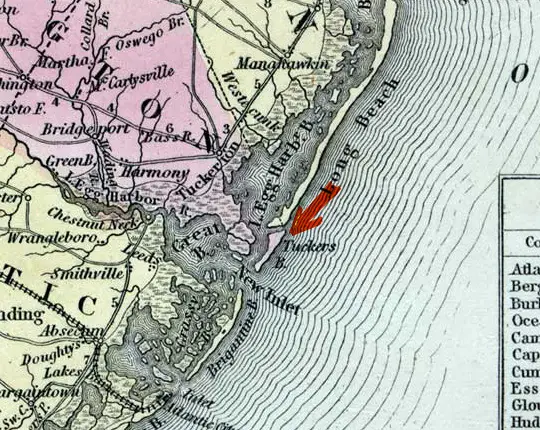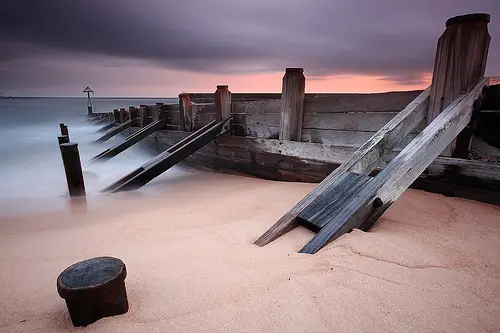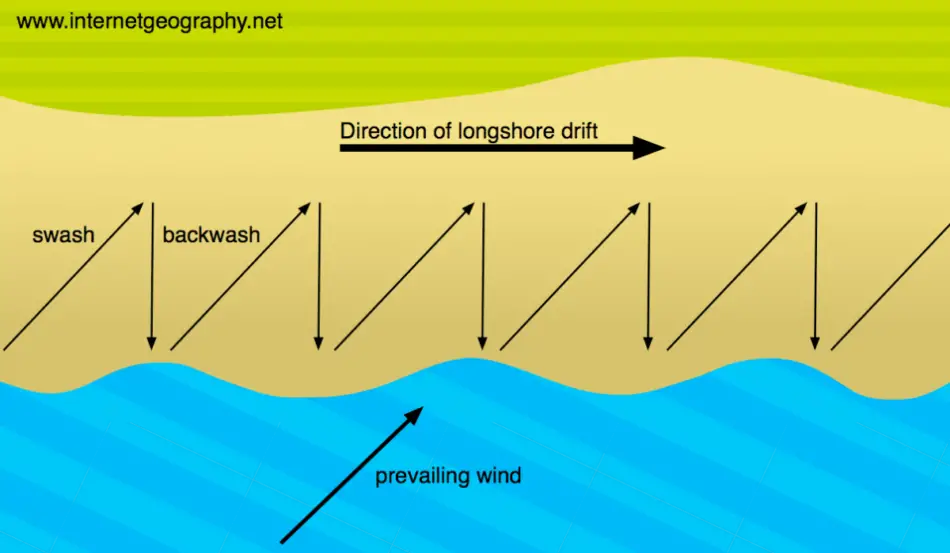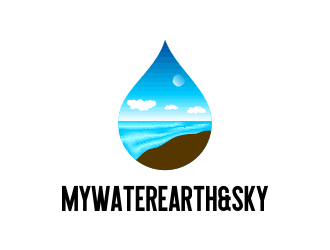Wind and ocean currents play an important part in Longshore Drift which causes beach erosion by stripping down a beach and moving total beaches to other locations taking with it the environment and wildlife that live there. What causes Longshore Drift?
Longshore Drift, a geological process caused by currents & wave action moving at angles towards the shore carrying sediments like sand parallel to the shoreline is dependent on the prevailing incoming wind direction. Current & sediment movement occurs in the surf zone & is also called Beach Drift.
Natural beach and shoreline erosion along wind and ocean tides constantly change coastlines along with ocean warming and the manmade developments that can make these natural processes happen even faster not always for the good.
What Causes Longshore Drift
Longshore drift is a coastal process that happens along the beach. A Longshore Drift happens when waves move toward the coast at angles. The waves moving up the beach carries material up and along the beach are called the Swash.
The backwash carries material back down the beach at right angles. This is the result of gravity. The longshore trough as it applies to the area of coastlines can be defined as an elongated depression or series of depressions extending along the lower beach or in the offshore zone inside the breakers.
During this drift of sediment, the prevailing wind, which is the direction of the wind that it commonly blows in, moves waves carrying sediment that contains sand gravel, and small particles that are found on the seabed into the beach at an angle. The waves break on the shore and as the water runs back into the sea it carries the sediment back down the beach, perpendicular to the angle of the shoreline under the influence of gravity.
This all results in a zig-zag movement as the sediment is carried along the beach and over time the shape of the beach can change shape. If the prevailing winds are coming from the southwest then the waves will be coming in from the southwest at an angle. They will move or carry sediment in towards the beach with the wave at an angle and then come straight back out at a right angle.
If the beach ends the drift will continue to move in the same direction as the coastline building up sediment into what is called a Spit. As the Longshore Drift continues the Spit will gradually get wider and extend further in the same direction until the beach ends.
This process means that over time beaches can change shape. Groynes can be built to interrupt the flow of longshore drift, but inevitably some sand and gravel can escape. Longshore drift can form spits where the line of the coast changes sharply, for example at a river estuary.
The waves will then flow back into the sea. Perpendicular to the beach or in other words, the water flows away from the beach straight back into the sea, not at any angle. As the swash flows up onto the beach, it picks up sediment and carries it. The backwash then carries it and it is deposited in other locations. It does not flow back to where it was picked up. This process gradually moves sediment along the beach in the direction of the prevailing wind.
Longshore Drifts have very great power over the shape and composition of a coastline. It can slope a beach and create long shallows shoals of land called Spits that extend out from the shoreline. A Longshore Drift may also create or destroy entire “barrier islands” along a shoreline. A barrier island is a long offshore deposit of sand situated parallel to the coast. As longshore drifts deposit, remove, and redeposit sand and sediment and make barrier islands constantly change.

Tucker’s Island, New Jersey, is a barrier island that clearly illustrates how longshore drift and strong weather affect these transient sand deposits. The island was first settled in 1735. Since its settlement, residents have had to move the island’s lighthouse several times because the channels shifted constantly as a result of longshore drift.
Eventually, they placed the lighthouse on high ground at the island’s northern end. I lived in this area that eventually became Mystic Island and was in the vicinity of Beach Haven New Jersey on Long Beach Island. The first map is from 1735 and the second is from 2005
What Are Longshore Currents
The speed at which waves approach the shore depends on the seafloor, water depth, and shoreline features. As the waves move toward the beach, different segments of the wave encounter the beach before the others do. These will slow some parts of the wave down. Because of this, the wave tends to bend and shape as the coastline does.
Also, the waves do not typically reach the beach perfectly parallel to the shoreline. Rather, they arrive at a slight angle, called the “angle of wave approach.”
When a wave finally reaches a beach or the coastline, there is a burst of energy that generates a current, which runs parallel to the shoreline. This type of current is called a “longshore current.” The Longshore Currents can be affected by the velocity and the angle of the wave. If the wave breaks at a more steep angle on a beach, encounters a steeper beach slope, or is very high, longshore currents increase in velocity.
Or the wave can come in at a wider breaking angle, gentler beach slope, and lower wave height slowing a longshore current’s velocity. In either case, the water in a longshore current flows up onto the beach, and back into the ocean, as it moves in what’s called a “sheet” formation. As this sheet of water moves on and off the beach, it can “capture” and transport beach sediments such as sand, gravel, and other small debris back out to sea. This process, known as “longshore drift,” can cause significant beach erosion.
Longshore Currents & Rip Currents
As longshore currents move on and off the beach, the dreaded “rip currents” may form around low spots or breaks in sandbars, and also near structures such as jetties and piers. A rip current, sometimes incorrectly called a riptide, is a localized current that flows away from the shoreline toward the ocean, perpendicular or at an acute angle along the shoreline. It usually breaks up not far from shore and is generally not more than 25 meters (80 feet) wide.
Rip Currents can reach speeds of 1-2 feet per second, some rip currents have been measured at 8 feet per second which is faster than any Olympic swimmer ever recorded. If wave activity is slight, several low rip currents can form, in various sizes and velocities. But in heavier wave action, fewer, more concentrated rip currents may form. Because Rip Currents move perpendicular to shore they can be very strong and very dangerous.
How Do You Get Out Of a Rip Current?
Stay Calm
Conserve energy
Don’t swim against the current
Stay afloat
Hold your hands up to signal help
Ride the Current in its natural circular motion to bring you back to a sandbar or waves that push you back to shore.
Or
Ride it out to deep water where the Rip will cease to exist.
Wave to Lifeguards .……………………………………………………………………………………………………………………………………………… Read more
What is a Bioluminescent Ocean?
Bioluminescence Ocean is a phenomenon occurring when one-cell organisms called dinoflagellates are disturbed by ocean waves & movement produces a chemical reaction using compounds combined with oxygen to emit light used as a defense mechanism against predators & adding a blue ……………………………………………………………. Read more
A Longshore Current is common at most beaches where you see breaking surf. The more prominent the swell size and direction, and the longer and straighter the beach is, the more powerful and swift the long-shore current will be. They are responsible for many rescues along the coast by sweeping swimmers and surfers down the beach into a variety of hazards. They also have a large impact on the shoreline.
Long-shore currents can sweep swimmers and surfers into rip currents, piers, jetties, and other hazardous areas. In many cases, the long-shore current is strong enough to prevent swimmers from being able to keep their feet on the bottom, making it difficult to return to shore which can lead to life-threatening situations. Always check with the lifeguard on duty before you enter the ocean to consider the direction and strength of the long-shore current and the possible hazards you may be swept into.
Can Longshore Drifts Be Stopped
Erosion can remove parts of the land continuously from the coastline. with the help of Global Warming and development by man erosion can happen even faster. This is why land management is very important now and for years to come.
With the help of Groynes which are basically wooden fences that run at right angles to the beach. These fences run out into the sea and are designed to interrupt longshore drift and catch sediment as it moves along the coastline, helping to widen a beach. This larger beach can then act as a buffer against waves, as there is more beach to absorb wave energy. These structures can cost up to $10,000 and need to be spaced at 200-meter intervals.
These structures help save and even add width to beaches to enjoy not only protect the beach but help protect the coastal areas. Providing good coastal management is a large part of the stewardship of our beaches so that future generations can enjoy what we have.
A King Tide is used to describe an especially high tide event occurring twice a year and is caused when there is an alignment of the gravitational pull between the sun and moon. It occurs naturally, & regularly and is predictable when the earth comes closest to the sun around Jan. 2. …………………………………………………………………… Read more
JimGalloway Author/Editor
Reference: NOAA Longshore Currents



